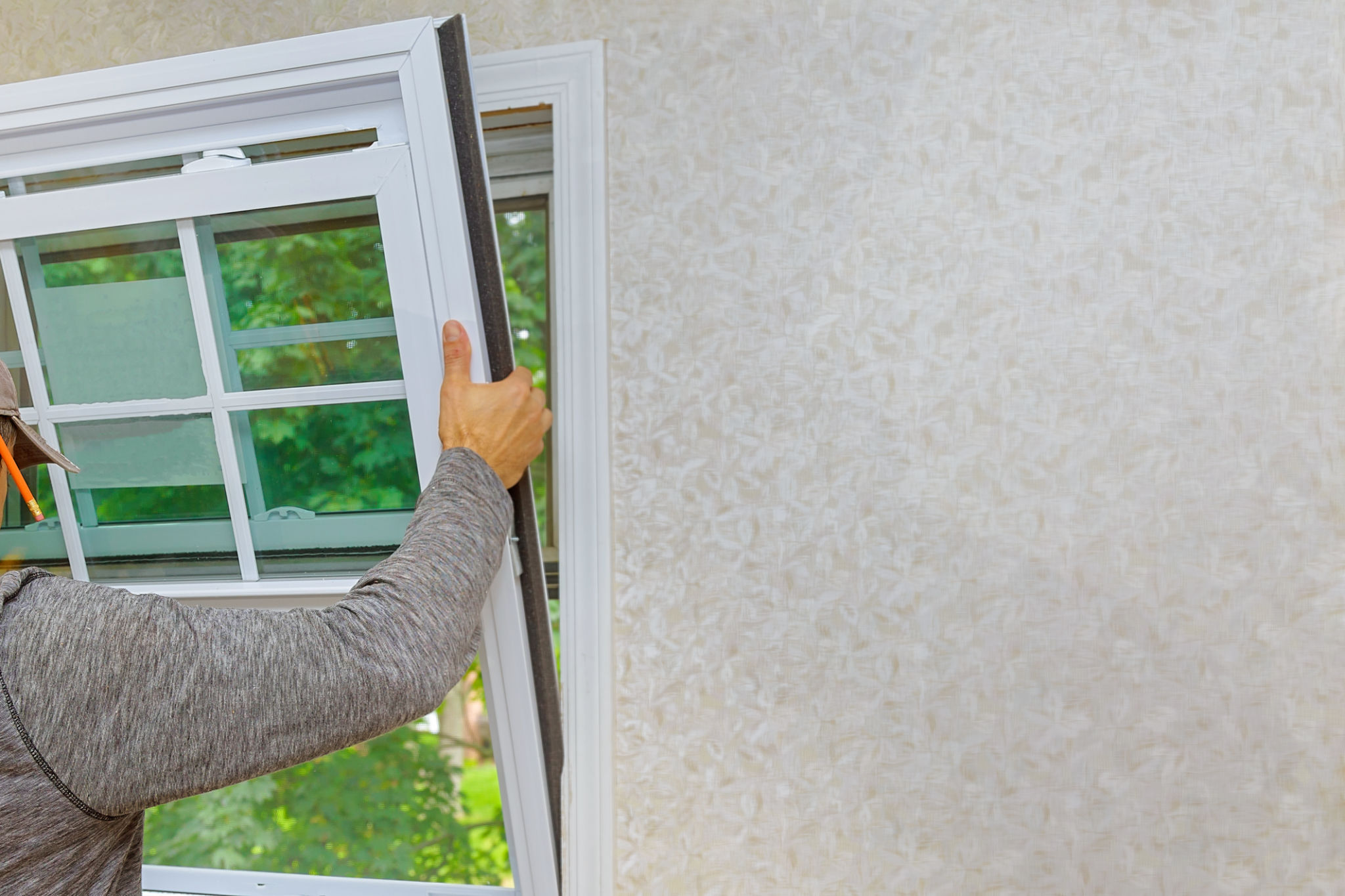Eco-Friendly Glazing Solutions: Trends and Innovations in Window Fitting
Introduction to Eco-Friendly Glazing Solutions
In recent years, the demand for eco-friendly glazing solutions has surged, as both homeowners and businesses seek sustainable and energy-efficient alternatives for their window fittings. This shift is driven by growing environmental awareness and the need to reduce carbon footprints. In this blog post, we'll explore the latest trends and innovations in eco-friendly glazing, providing insights into how these solutions are transforming the industry.
The Rise of Energy-Efficient Windows
One of the most significant trends in eco-friendly glazing is the rise of energy-efficient windows. These windows are designed to minimize heat transfer, ensuring that homes stay warm in the winter and cool in the summer. This not only reduces energy consumption but also lowers utility bills. Key technologies include double or triple glazing, low-emissivity (Low-E) coatings, and gas-filled panes with argon or krypton.

Double and Triple Glazing
Double and triple glazing involves using two or three panes of glass with a space between them, which is filled with air or gas. This configuration significantly reduces heat loss compared to single-pane windows. Homeowners benefit from improved insulation, noise reduction, and enhanced security, making these windows a popular choice for eco-conscious consumers.
Innovative Materials in Window Fitting
Advancements in materials have also played a crucial role in the development of eco-friendly glazing solutions. Traditional materials like wood are being replaced or supplemented with more sustainable options such as uPVC and aluminum. These materials offer durability, low maintenance, and better insulation properties.

Recycled and Renewable Materials
Manufacturers are increasingly incorporating recycled and renewable materials into their window designs. For instance, recycled aluminum frames are gaining popularity due to their lightweight nature and high strength-to-weight ratio. Additionally, some companies are using sustainably sourced timber or composite materials that combine natural fibers with recycled plastics.
Smart Glass Technology
Another innovative trend in eco-friendly glazing is smart glass technology. Smart glass can change its light transmission properties in response to external stimuli such as sunlight, temperature, or electrical input. This dynamic capability helps regulate indoor temperatures and lighting levels, providing comfort while reducing energy consumption.

Electrochromic and Thermochromic Glass
Electrochromic glass changes color or opacity when an electric current is applied, allowing for customizable light control. Thermochromic glass adjusts its transparency based on temperature changes, automatically blocking heat when it gets too warm. Both technologies offer significant energy savings and are becoming more accessible to consumers.
Sustainability Certifications and Standards
To ensure that glazing solutions meet eco-friendly standards, many manufacturers are pursuing sustainability certifications such as LEED (Leadership in Energy and Environmental Design) and Energy Star ratings. These certifications provide assurance that the products meet specific environmental performance criteria.
As the demand for sustainable building practices continues to grow, eco-friendly glazing solutions will play a pivotal role in shaping the future of architecture and design. By staying informed about these trends and innovations, consumers can make better choices for their homes and contribute to a greener planet.